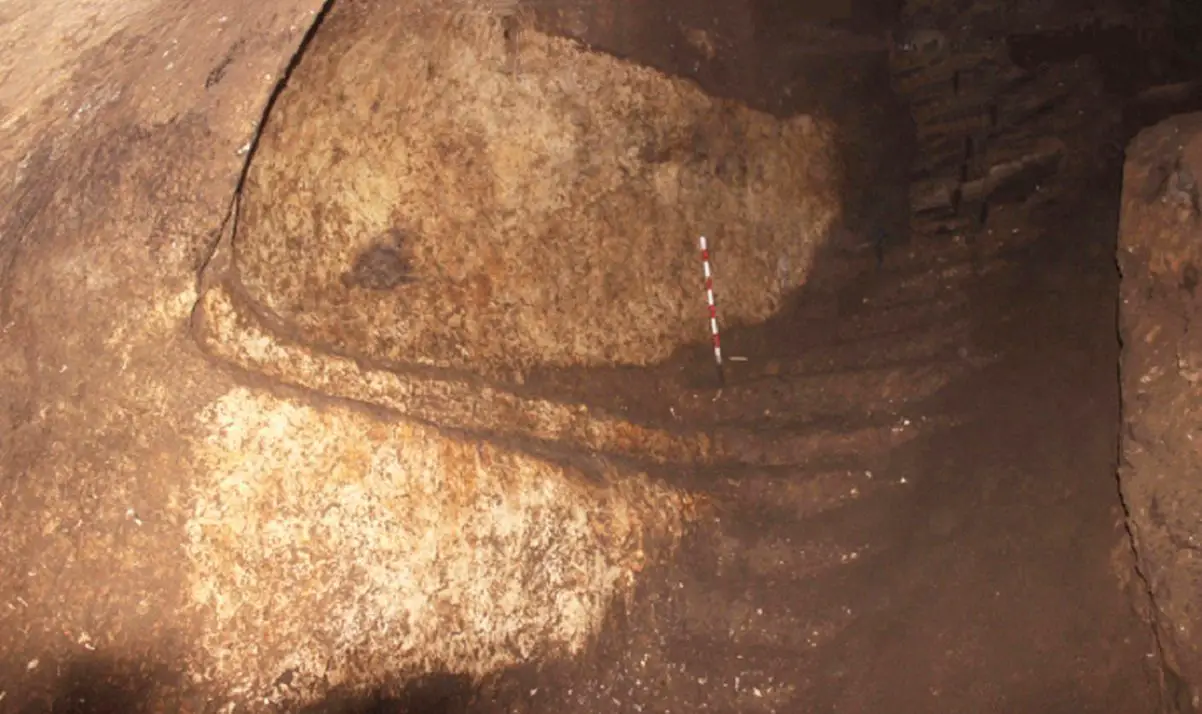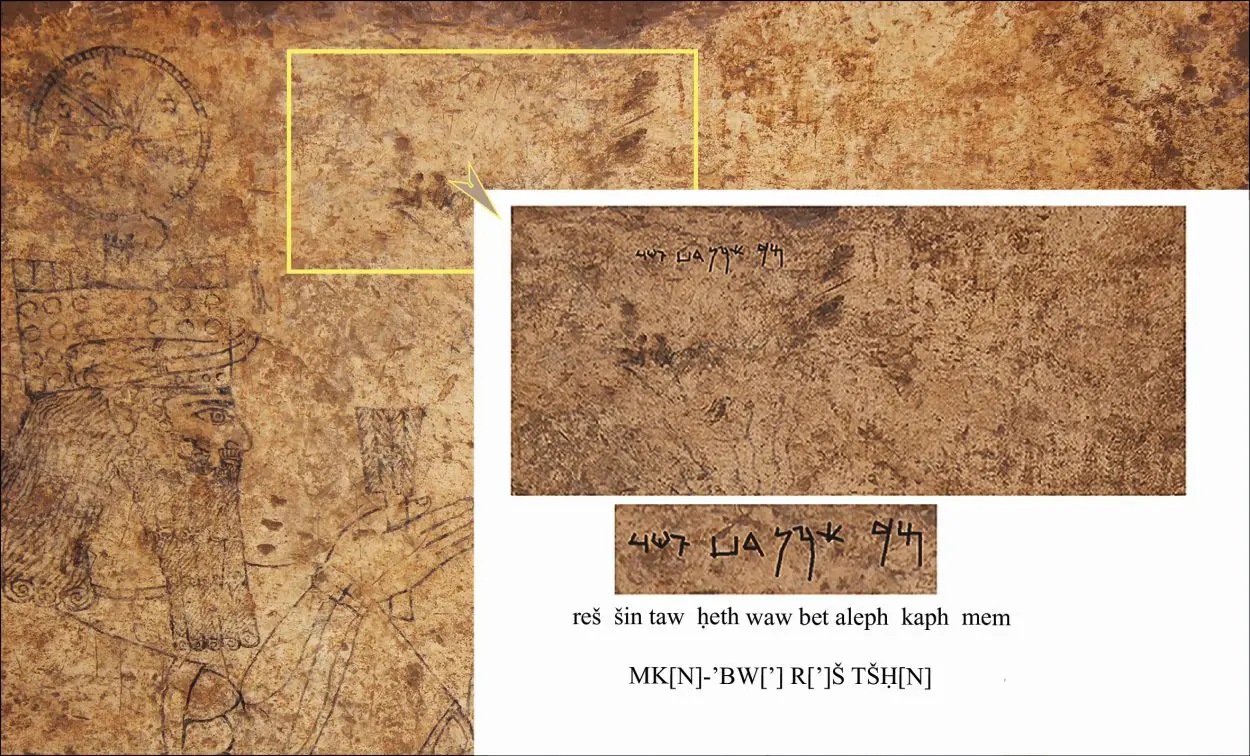Archaeologists have discovered a subterranean complex beneath a Turkish home in the village of Başbük, Turkey.
Authorities became aware of the complex whilst the site was being looted. This led to a rescue excavation that revealed a 30-metre tunnel system carved into the bedrock beneath a two-storey house.
The complex dates from around the 1st millennium BC during the period of the Neo-Assyrian Empire, the fourth and penultimate stage of ancient Assyrian history and the final and greatest phase of Assyria as an independent state.
Within the complex are examples of Assyrian styled artwork, depicting the procession of deities such as: Hadad – the storm and rain god, Sîn – the moon god, and Atargatis – the goddess of fertility, protection and well-being.

A study of the site is published in the archaeology journal Antiquity, conducted by Prof. Mehmet Önal from the University of Harran, Şanlıurfa Museum Director Celal Uludağ, Museum expert Yusuf Koyuncu and philologist Dr Selim Ferruh Adalı from the Social Sciences University of Ankara.
“When the Assyrian Empire exercised political power in south-eastern Anatolia, Assyrian governors expressed their power through art in Assyrian courtly style,” said Dr Adalı.
However, the accompanying inscriptions tell the story of integration, rather than conquest. They are written in the local language of Aramaic, rather than Assyrian, and the artwork features religious themes from Anatolia and Syria.

“The inclusion of Syro-Anatolian religious themes illustrate an adaptation of Neo-Assyrian elements in ways that one did not expect from earlier finds,” said Dr Adalı, “They reflect an earlier phase of Assyrian presence in the region when local elements were more emphasized.”
The archaeologists were also able to identify an inscription that could refer to the name ‘Mukīn-abūa’. He was a Neo-Assyrian official during the reign of Adad-nirari III (811–783 BC). He may have been given control of the region and the researchers speculate he could have been using the complex to integrate with and win over locals.
However, the unfinished nature of the site suggests it was not successful. Something impacting the builders’ activities, like a revolt, may have led to its abandonment. The authors hope further work could shed light on the culture and politics of the ancient empire.
“As this was a rescue excavation, we could not fully study the site,” said Dr Adalı, “Future excavations will eventually take place at Başbük and discover more of the mysterious underground complex.”
https://doi.org/10.15184/aqy.2022.48
Header Image Credit : Antiquity Journal







